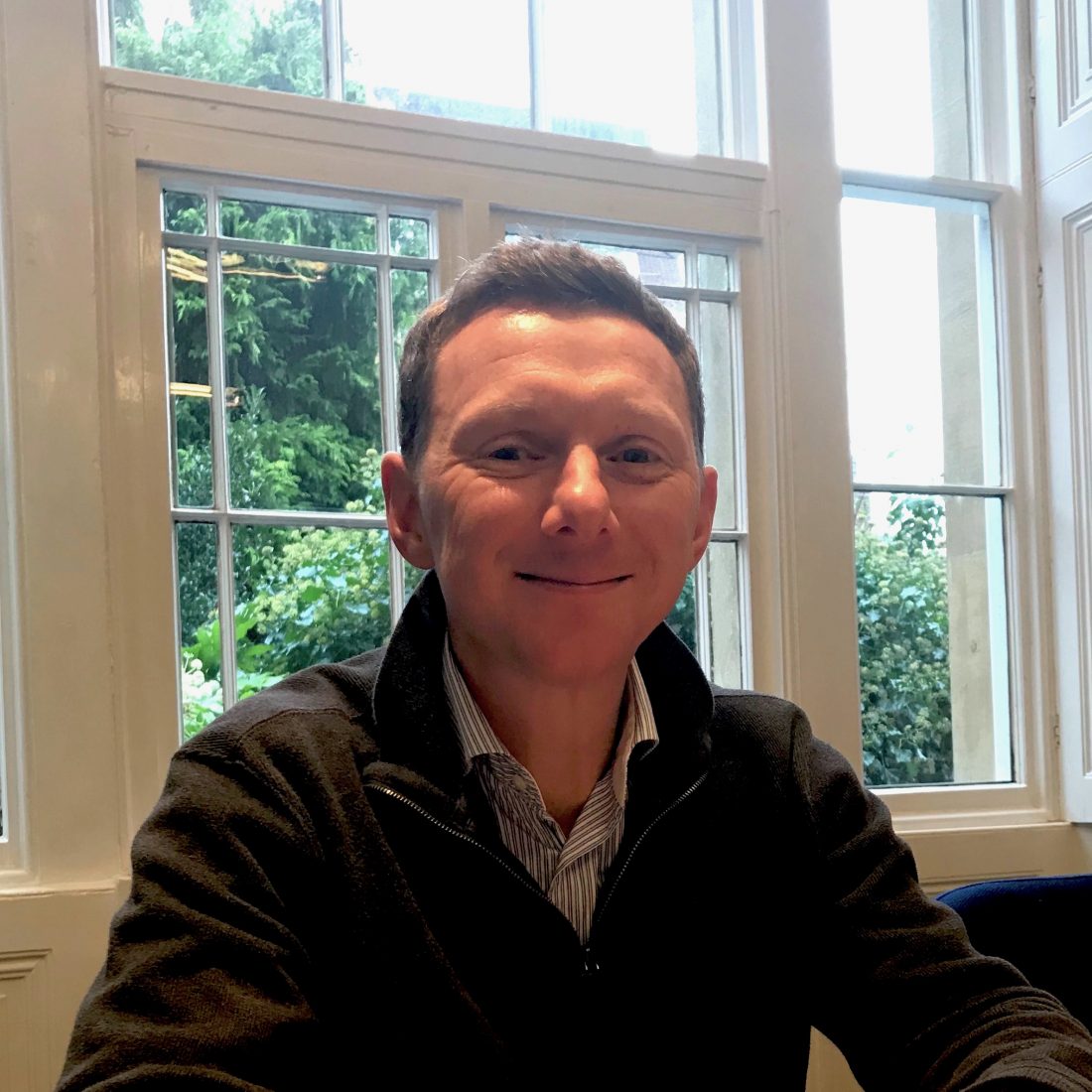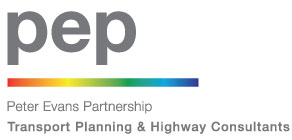
Road Safety Audits: A Q & A with James Chequer
Peter Evans Partnership clients benefit from working with a team with wide-ranging experience. James Chequer, PEP Associate, is a perfect example; he’s qualified to conduct Road Safety Audits and is an experienced Transport Planning consultant with extensive knowledge and understanding of the development planning system.
After nearly twenty years in the industry, James knows what works, what doesn’t and doesn’t believe in over-complicating things! He’s been with the company since January 2018 and in that time has proved himself to be an excellent problem solver and pretty much unflappable!
Here James chats to our Communications Manager, Sally Pitt about his role.
Where were you prior to joining PEP?
I was an Associate at a multi-disciplinary transport consultancy for four years. My time there has proved really valuable at PEP. I worked on behalf of public sector organisations, as well as a number of local authorities, as well as Highways England, which, in particular gave me a real insight from ‘the other side’.
And before that?
I was the Principal Transport Planner for a Transport Planning Consultancy. And my first transport role was at a Consulting Engineering firm.
So what kind of work are you typically engaged in at PEP?
For the most part I project manage preliminary and detailed studies for transport planning and highway design schemes. I carry out technical work on project masterplans, access junction designs and public realm improvements. Then there are the Transport Assessments, Travel Plans, Environmental Impact Assessments and appeal work too.
And road safety is at the heart of what you do?
Yes I either provide input or prepare conceptual and preliminary highway improvement schemes and development layouts to facilitate suitable and most importantly, safe access for vehicles, pedestrians, cyclists, plus equestrians, and public transport users.
Personally I’m keen to see routes that are safe – and attractive – and provide good access for all road users.
Am I right in saying that collision investigation is a particular area of expertise?
Yes, for the past 15 years I’ve undertaken investigations during the preparation of Transport Assessments, Feasibility Studies and Due Diligence Reports.
So I will analyse historical collision data of a location to understand if there is a particular safety issue within that highway network, or effecting a particular type of road user for instance. And also explore whether an issue could arise as a result of the development proposal. Then if relevant, I’ll provide recommendations and costings for mitigation measures or amendments to the proposal.
Can you list the type of projects this work has been applied to?
Anything from a pedestrian crossing and access junction, to a town centre scheme or strategic Local Plan study.
And in additional to all of that, you’re a Road Safety Auditor. How long have you been one?
I qualified in 2014 and have been regularly carrying out Road Safety Audits ever since.
And the kind of schemes?
Again varied – I’ve conducted around 50 Road Safety Audits so far, on both strategic and local road networks for both public and private sector clients. Generally, they appoint me to audit new or improved highway junctions and links, pedestrian and cyclist improvements as well as access to new developments.
So what led you to becoming an Auditor?
It was a natural development for me really with my collision investigation experience and involvement in the highway design and placemaking process. I do think it’s a crucial role. The UK has an excellent record for road safety in comparison to other countries and that has a lot to do with the infrastructure that engineers provide.
Our industry can have a huge impact on the number and severity of road traffic casualties by both reducing and preventing road accidents. With every audit I undertake and recommendation I make, I’m playing my part. I know how important it is to get it right. I have children, I’m a pedestrian, public transport user, cyclist and driver – but not yet an equestrian!?
Added to which, every audit increases my knowledge, and can positively influence the good advice I give PEP clients whilst at the same time, informing PEP’s design process.
So for the uninitiated can you explain who you work for as an Auditor?
So Highway Design Consultants, Developer, House builders, Project Managers and occasionally councils, appoint me in an independent capacity, to be either a Team Leader or Team member.
And what do Road Safety Audits involve?
Well there are four stages to the audit. And I am regularly involved in stages 1 to 3. Stage 1 being completion of preliminary design, stage 2, completion of detailed design, and Stage 3, completion of construction. Stage 4 is the monitoring process, which is carried out if problems or incidents have occurred after the scheme opening.
An auditor makes recommendations, but doesn’t necessarily provide the solution. It’s generally the role of the design team to find ways to overcome any issues flagged by the auditor.
So stage 1?
This is usually before planning permission has been granted and at the preliminary design stage. Before I visit the site I’ll have been briefed and will have the relevant drawings, traffic, speed and accident data. You could be standing in a field looking at plans, so you’re often really drawing on your experience to assess the situation. It’s a crucial stage as well, as the scope for change further down the line can be very limited.
Then stage 2…
I’ll visit the site again to assess detailed junction layouts, markings, signs, drainage, road alignment, obstructions, traffic, and so on. I’ll also review the issues raised at stage 1 and make recommendations for anything that hasn’t been resolved.
And Stage 3?
So this means the scheme is complete or should be complete. Ideally you’ll visit before it’s open to the public, but that’s not always possible. Representatives from the police, highways authority and design team are invited to attend as well. The audit team will visit at night during the hours of darkness as well, it can be a long wait during the summer months!
At this stage you’re checking that everything is as it should be, and that previous recommendations have been followed. But now that the construction work is complete, there is the potential for a new set of road safety issues to emerge.
Such as?
Typical examples could be trip hazards caused by kerbs being laid incorrectly, new signage obstructing visibility splays and inadequate lighting. I could go on…!
To find out more about our Road Safety Audit service, and transport planning generally, complete the form here or call the team on 0117 973 4355.
